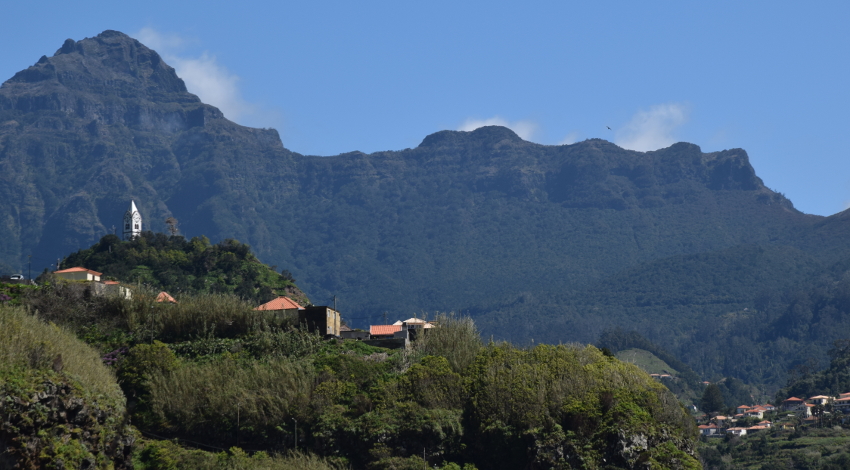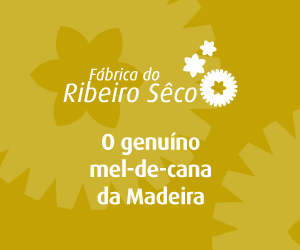The island of Madeira rises out of a series of mountains dating as far back as 5.2 million years ago.
It is easy enough to lose oneself amongst the relics of Madeira. The mountains seem to touch the heavens, tracks adorned with greeneries reveal to you secrets hidden by nature and the temperature is mild all throughout the year. Names such as the Pearl or the Garden of the Atlantic have not been earned by chance.
Born out of volcanic activity, Madeira is the youngest island in the archipelago but that in no way diminishes its 5.2 million years old legacy. Blessed with a set of fine particularities and an enviable shape, its mountains rise in a festival of colours, shapes and life.
Seen from the sea or the north coast of Porto Santo, the island has an elongated shape ‘spanning 58 kms from east to west and 23 kms from north to south’ says geologist João Baptista. Two thirds of the area constitutes protected natural landscape, the remainder of the territory being occupied by humans. A rare case of nature authentically conserved.
One of its natural monuments lies in the mountains that at its centre. ‘Between Ponta de São Lourenço and Ponta do Pargo we find a mountain range that functions as a buttress and is left of this central range is due to the development and growth of the island through a rift’, that is, a crack in the terrestrial crust from which the volcanic material that constitutes the island was expelled, explains João Baptista.
The escarpment of this volcanic range can be seen from Pico Ruivo. At 6.108 feet high, this is as high as the island goes. With an abundant 360 degree view of the peaks of Madeira, it can only be accessed by walking.
One of the ways to reach it is through Vereda do Areeiro, one of Nature’s challenge to those keen on adventures.
Vereda da Ponta de São Lourenço, the east-most point of the island is another of its landmarks. Four kilometres worth of mountainy beauty with hints of the sea from where you can dive into the sea as you arrive in Cais do Sardinha.
Living on the slopes of a volcano is thrilling. One often forgets about the mythical ground one steps on. From the craters in Fanal and Sítio de Santo António (in Santo da Serra) to Curral das Freiras – a place surrounded by mountains around 5. 577 feet high.
The trip can end at Cabo Girão, Europe’s tallest promontory, at 1. 932 feet high above the level of the sea, which ends on a suspended glass platform, the ideal viewpoint.















